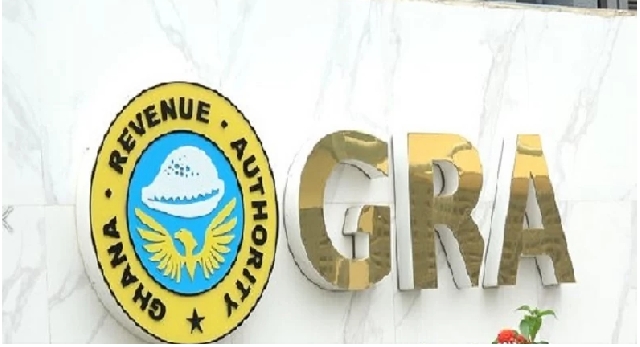
The Ghana Revenue Authority (GRA) is back to its old ways, rushing the full implementation of the electronic transfer levy (e-levy) even though there are still very genuine concerns by industry players.
The GRA has, for instance, not done a test run for bulk loads on the E-Levy Management and Assurance System (ELMAS), otherwise known as the Common Platform, and yet it is compelling all charging entities to get connected for full implementation on Friday, July 1, 2022.
The first attempt to fully implement e-levy was in May this year, but that could not happen due to similar technical challenges. While some of the issues remain unresolved, GRA has compelled all charging entities to connect to the Common Platform on Wednesday, June 28, 2022 for the July 1 full implementation.
This is contained in a letter dated June 22, 2022 to all CEOs of charging entities, intercepted by Techgh24. Meanwhile, the letter was delivered to the entities on the night of June 28, 2022, only three days to the deadline.
In the letter, GRA threatened to sanction any entity that fails to integrate to the Common Platform for the July 1 “GO LIVE” in accordance with the Revenue Administration Act, 2016, ACT 915.
Meanwhile, industry players are still concerned that the rush full implementation could backfire as there has not be time for public education so the implementation is likely to trigger user surprises.
They are also worried that failures can lead to fines on the charging entities, and again, because the platform has not been tested for bulk loads, there is a risk of potential downtimes.
Mobile Money Loans/Bulk Payments targeted

Meanwhile, in another letter intercepted by Techgh24, various merchants and organizations have been informed that beginning July 1, all disbursements from their merchant wallets/platforms such as loans, salaries and allowances will attract e-levy.
So far, e-levy has only been on transfers between personal wallets, bank to wallet, and wallet to bank, but has not been implemented on micro-loans on mobile money platforms and on salaries and allowances paid to persons on their mobile wallets.
But per the letter from IT Consortium, which has the architecture for disbursing such funds on behalf of various entities, now micro-loans on mobile money platforms and salaries/allowances paid to personal mobile wallets will attract e-levy.
So, when you access AhomkahLoan, XpressLoan, and QWIKLoan on MTN, the sender/sending entity will pay e-levy and that may affect the amount that comes to your wallet eventually.
Again, merchants who do bulk payments of allowances/salaries to farmers, and other groups will also pay e-levy on every amount they send.
Missed targets

All this is coming at a time when the controversial e-levy is failing to meet its target as envisaged by the government.
A number of research reports and even media reports indicate that Ghanaian have adopted a number of coping strategies to avoid e-levy due to the general economic hardship in the country.
As a result, the GHS4.5 million target for e-levy in its first year is in jeopardy. Per the estimates, e-levy should have raked in some GHS560 million as of today. But reports say it has so far generated just about GHS57 million, which is a far cry from the expected target.









